As the nation celebrates the Eighth Constitution Day today, it is time to sincerely reflect on its implementation aspects. The present constitution is the product of nearly seven decades of the people's struggle to write their own supreme law of the land. It is a hard-won document achieved through many sacrifices and struggles.
This constitution carries much importance compared to its predecessors in that it was drafted by the Constituent Assembly elected through general suffrage and it effectively established a state system based on federalism, republicanism, secularism and inclusiveness principles. Moreover, it has also described Nepal as a socialism-oriented state.
Its inherent principle draws from the 12-point understanding reached between the then Maoist party that was waging a People's War and the alliance of seven pro-parliamentary parties. This understanding ended the 10-year civil war and paved the way for the Comprehensive Peace Accord and the Interim Constitution. The joint people's movement, aka the 'April revolution' waged by the Maoist and the seven-party alliance against the direct rule of the king also played a pivotal role to overthrow the monarchy.
The CPA identified that caste, class, regional and gender discriminations were the main problems of the Nepali society and that these were the reasons for the conflict. The then Maoist party had taken up arms against the state for resolving these very problems. After nearly 10 years of conflict that resulted in huge loss of lives and property and many lost opportunities, the sides to the conflict agreed to resolve the conflict through talks, which culminated in the 12-point accord.
Addressing the root causes of conflict was the main principle of the new constitution. Its goal was to achieve economic and social transformation through forward-looking restructuring of the state. The new constitution had acknowledged that addressing the problems of oppression, injustices and disparity created by the then unitary state system would be the basis for sustainable peace.
The constitution drafted and promulgated by the people-elected Constituent Assembly is considered as one of the best and democratic constitutions of the world. It also represents the diversity of Nepal and the aspirations of the people. Therefore, 20 September 2015 when the Constituent Assembly promulgated this constitution with an overwhelming majority is a watershed moment in Nepal's history.
This constitution has institutionalized federalism, republicanism, secularism and inclusiveness. It has made the citizens sovereign. An honest implementation of these four principles of the constitution is the need of the hour.
Now, the political parties have reached to a place where there is no need for waging another movement for securing the civil and political rights. Therefore, in a way this constitution has ushered Nepal into an age of peace and political stability.
Federalism has granted rights to the province and local governments for exercising the state power. We can say that the decision-making process in course of using the state power has reached closer to the people. The marginalized communities' participation in the political process has started bearing fruit. Women, dalits and indigenous nationalities have appropriate representation in the political institutions and state bodies. This distribution of power is an evidence of the constitutional commitment to social justice and inclusiveness.
Besides this, the present constitution has guaranteed 31 fundamental rights. It includes provision for issuing citizenship in the name of mother, for granting citizenship to the offspring of the citizen who have acquired citizenship by birth and for the non-resident Nepalis.
The constitution mentions about promotion of the three-pillar economy comprising of the private sector, government and cooperatives for achieving economic prosperity. It also mentions about promoting the foreign direct investment to augment the national economy. It lays emphasis on social welfare and environment conservation. In several respects the present constitution is the most progressive constitutions the nation has ever had in its history.
Challenges
Although Nepal has made a big leap in its march towards democratic state system by means of this constitution, it is not without challenges. Having a democratic and progressive constitution is one thing, but this document will not carry any meaning if it is not implemented in its letter and spirit.
More so, a constitution should be able to handle the national crises that may arise. The main challenge is that the political parties, which are the drivers and key players of the polity, are not as inclusive, democratic and receptive to change as per the spirit of the constitution. The judiciary and the parties are still unitary in their structure and approach. This has not only created confusion in the implementation of federalism, but has also brought hurdles in the process.
The remaining works of the peace process as transitional justice have not been taken to logical conclusion yet. This needs to be taken forward on an urgent basis for establishing peace and reparation to the conflict victims.
Still, there are the impediments related to allocation of resources and to administrative willingness and capacity for federalization as well as obstacles concerning inter-governmental coordination towards implementation of federalism. Resolving them is a present and future challenge. Facing up to these challenges and defending the achievements of the epochal political change is the major challenge of the day.
Another challenge in the implementation of this constitution is to take the discourses on the need of amending the constitution to address the concerns of various groups to a logical conclusion. Strengthening the national unity, security, achieving political stability and addressing the developmental needs are the main issues at present.
Reviving the sagging economy through job creation, infrastructure development, poverty alleviation and achievement of sustainable development goals are another set of challenges.
One of the nagging aspects of this constitution is that it has not been able to give the political stability as expected. This is mainly due to the 'mixed' type of governance structure that has been adopted. The governance system needs to be reformed.
Nepal lies between India and China, the two emerging economies and political powers of the world. The leadership should pursue a balanced foreign policy in tune with the present age keeping the national interest supreme.
Preserving national independence and territorial integrity amidst the fragile and complicated geo-political developments by pursuing a balanced foreign policy is another challenge that Nepal faces at present.
Conclusion
The Constitution Day is an occasion to sincerely reflect upon the course of action constitution implementation has taken so far and to reaffirm our collective resolve to protect and preserve the constitution. It is also an occasion to sanguinely look ahead. The constitution has raised hopes despite of several challenges.
The constitution is a dynamic document and it should be amended to address the need of the nation.
The constitution has guaranteed the fundamental rights. Now the challenge is to make the appropriate laws for putting these rights into practice. Only mentioning them in the constitution is not enough.
Establishing good governance, rule of law, promoting accountability by institutionalizing a democratic culture, strengthening the state institutions and building a robust economy should be the priority of the state and political parties for the effective implementation of the constitution. The political leadership should be wise and far-sighted to face the domestic economic and social challenges as well as the external challenges to repel the stressors to this constitution.
-RSS






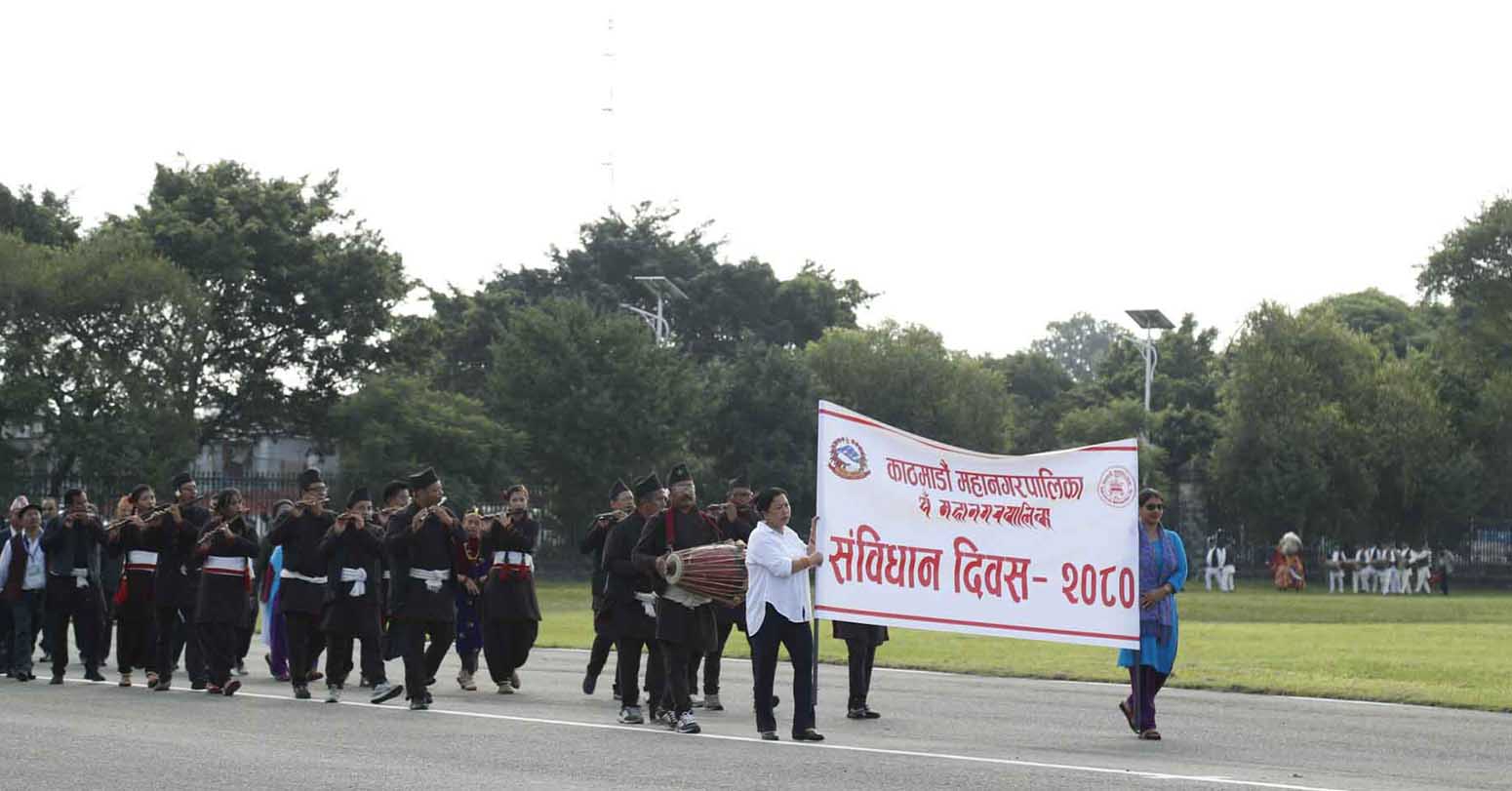



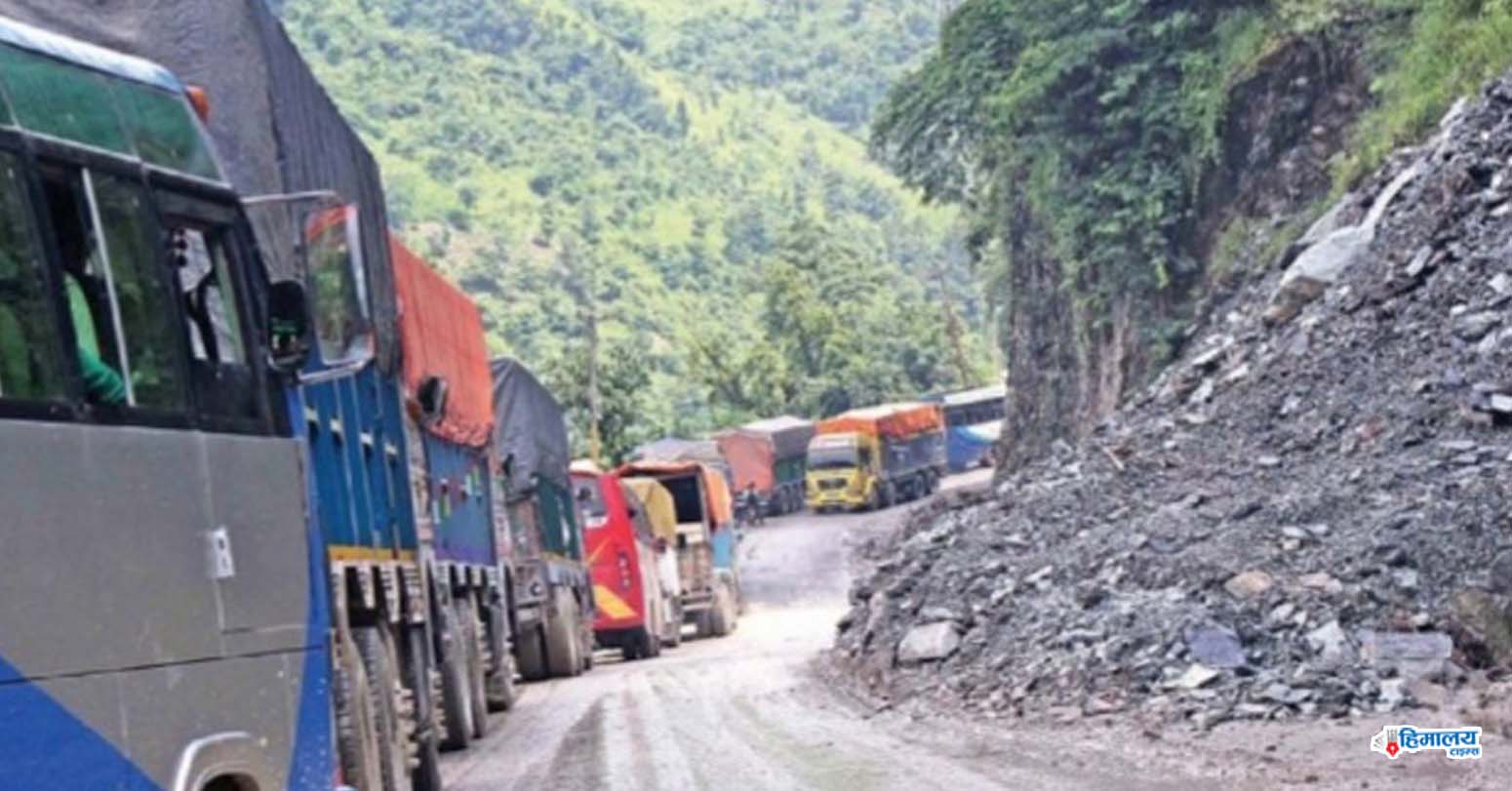
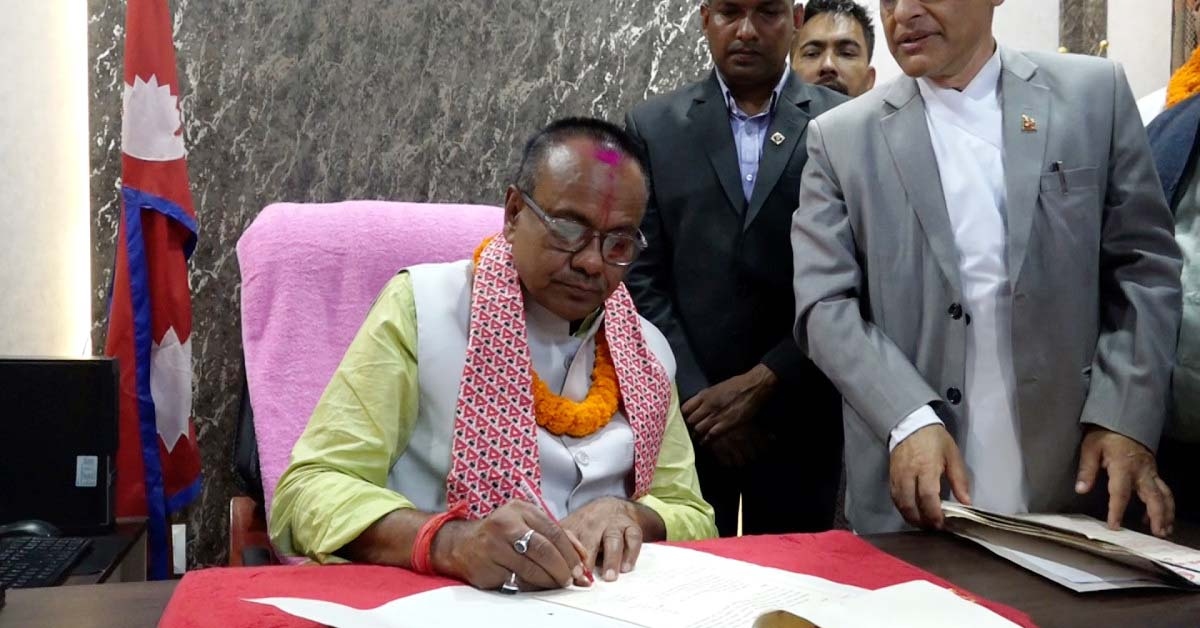
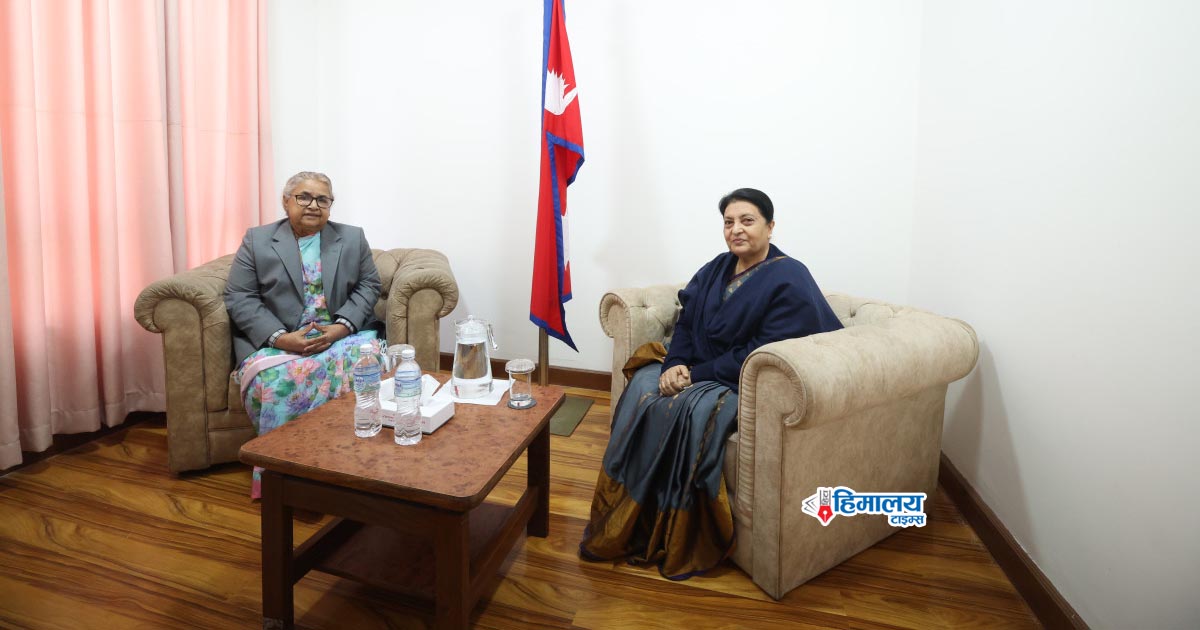

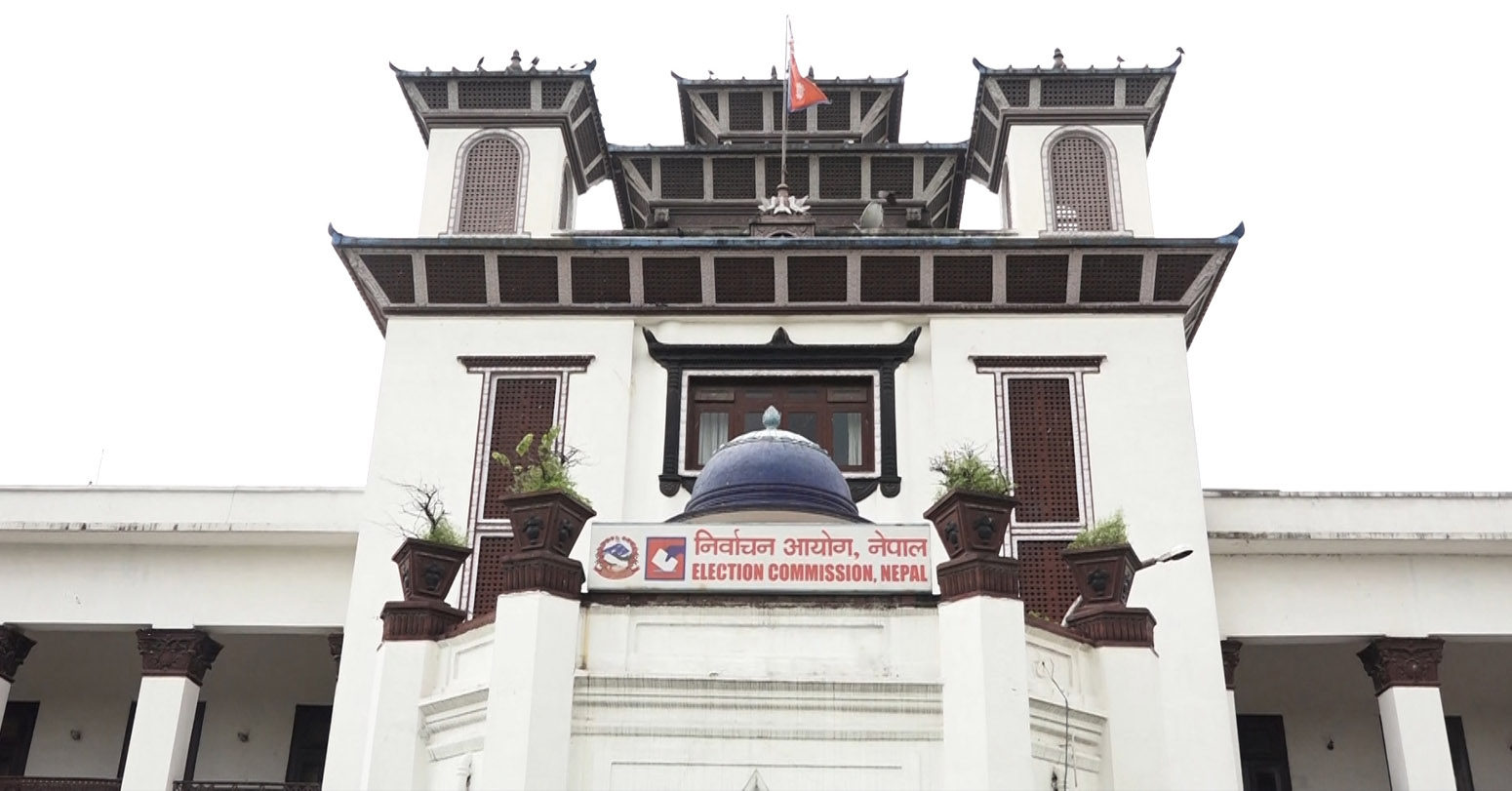

Middle-aged man spends millions to
Dr. Dharam Raj Upadhyay: Man
Children, Greatest Victims Of Sudan’s
Breathing The Unbreathable Air
Comprehensive Data Protection Law Critically
Gender Differences In Mental Healthcare